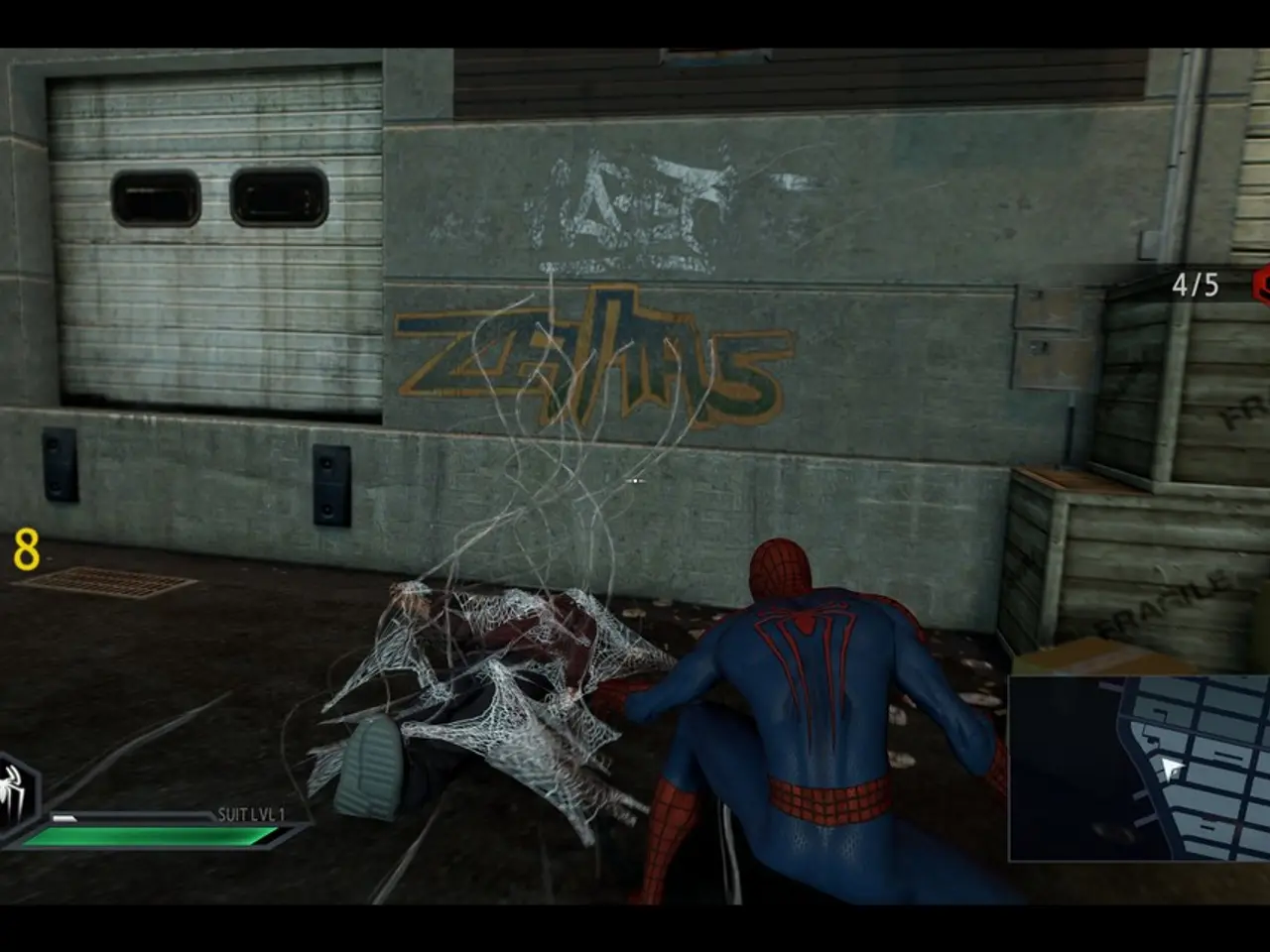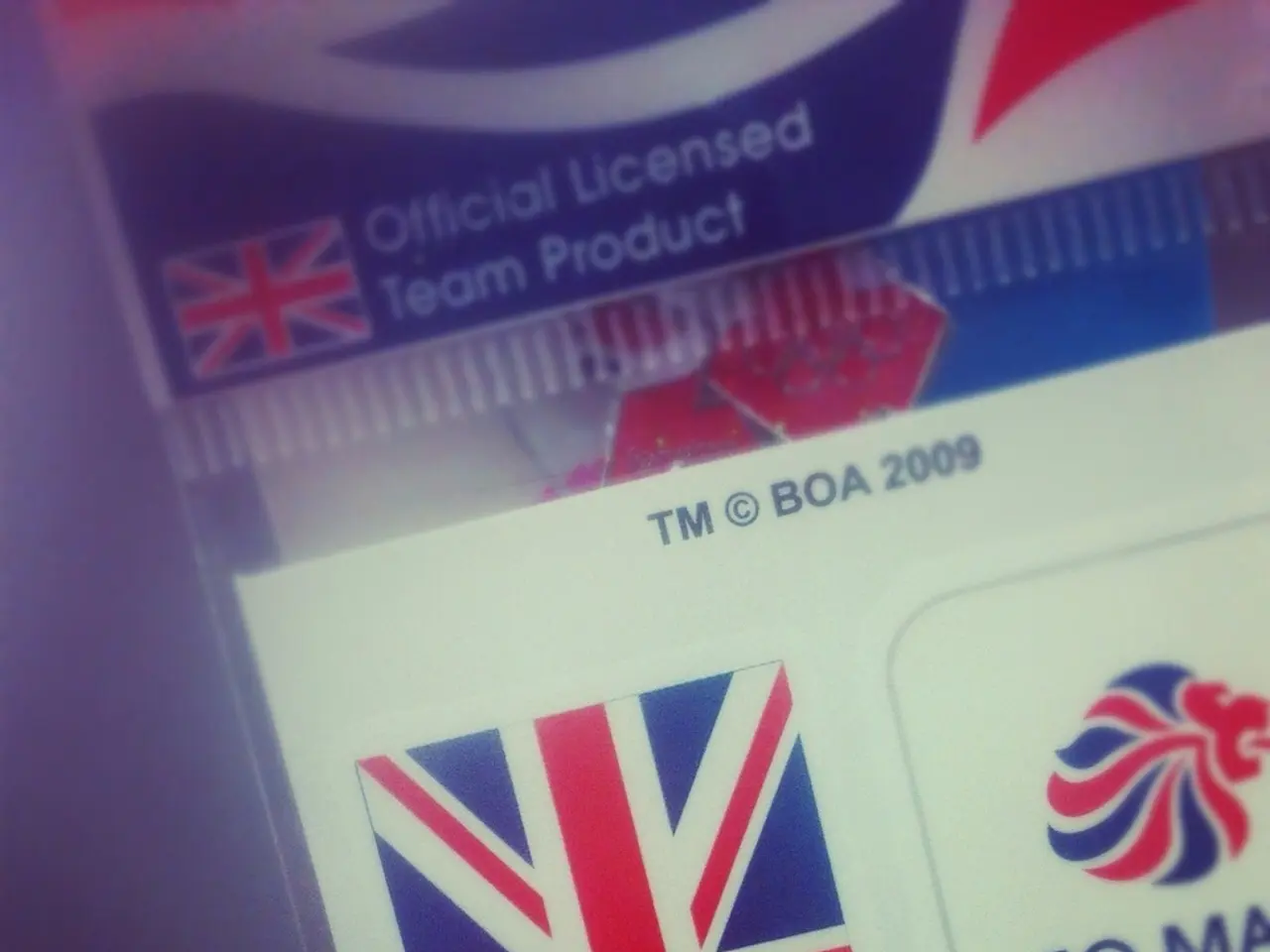Certification Guidelines Issued for Engineered Carbon Removal Methods by Gold Standard
In a bid to further strengthen the sustainable development impact of engineered Carbon Dioxide Removal (CDR) projects, Gold Standard has developed a 'Just and Sustainable Transitions Framework'. This innovative approach aims to ensure that these projects deliver economic, social, and environmental benefits to host communities.
The framework mandates rigorous scientific and risk management criteria, sustainable development safeguards, and global framework alignment. The key requirements for Gold Standard's Engineered Removals Activity Certification include reversal risk mitigation measures, mandatory buffer contributions, and robust safeguards for sustainable development. These stringent measures ensure that engineered CDR projects maintain high integrity and scientifically rigorous standards while delivering positive environmental and social outcomes.
Projects certified under this framework must also align with safeguarding principles that protect ecosystems and communities and engage stakeholders inclusively. Furthermore, they must contribute to at least three of the United Nations' Sustainable Development Goals (SDGs) to foster broader sustainable development impacts.
The framework supports sustainable development by embedding strong safeguards to avoid risks to ecosystems and communities and requiring active inclusion of stakeholders. By mandating contributions to multiple SDGs, the certification promotes holistic benefits beyond carbon removal, such as biodiversity preservation, clean water, or community resilience.
In terms of alignment with global carbon removal frameworks, Gold Standard’s requirements are explicitly designed to be compatible with major emerging and established policies and programs, including the EU Carbon Removal Certification Framework, ICAO CORSIA, and Article 6.4 of the Paris Agreement. This alignment helps ensure that projects certified under Gold Standard can integrate seamlessly into global carbon markets and policy mechanisms and support corporate net zero commitments with high integrity removal credits recognised worldwide.
Gold Standard is inviting developers to use its requirements and work with them to build new methodologies and deliver durable projects that benefit local communities. Margaret Kim, Gold Standard's CEO, emphasises the need for the same integrity and collaborative approach for engineered CDR solutions as has been applied to biological CDR solutions for two decades.
Gold Standard was established in 2003 by WWF and other NGOs to ensure projects under the UN's clean development mechanism deliver on their dual mandate of reducing carbon emissions and fostering sustainable development. The organisation has recently released two approved engineered CDR methodologies in 2022: Carbon Mineralization using Reactive Mineral Waste (developed by Neustark) and Biomass Fermentation with Carbon Capture and Geologic Storage (developed by Summit Carbon).
In summary, Gold Standard’s Engineered Removals Activity Certification mandates rigorous scientific and risk management criteria, sustainable development safeguards, and global framework alignment to ensure engineered carbon removal projects deliver credible, high-impact climate solutions that also promote sustainable development goals. The organisation is committed to developing more engineered removal methodologies with partners and scaling project development while maintaining scientific rigor, high integrity, and sustainable development impact.
- The 'Just and Sustainable Transitions Framework' by Gold Standard, designed for engineered Carbon Dioxide Removal (CDR) projects, requires adherence to stringent scientific and risk management criteria to maintain high integrity and sustainability standards.
- Aligned with global carbon removal frameworks like the EU Carbon Removal Certification Framework and ICAO CORSIA, Gold Standard's certification promotes projects that deliver positive environmental and social outcomes, helping achieve at least three United Nations' Sustainable Development Goals (SDGs).
- Gold Standard's work on developing new engineered CDR methodologies like Carbon Mineralization using Reactive Mineral Waste and Biomass Fermentation with Carbon Capture and Geologic Storage reflects their commitment to apply science, technology, and environmental-science principles to ensure credible, high-impact climate solutions that promote sustainable development.




